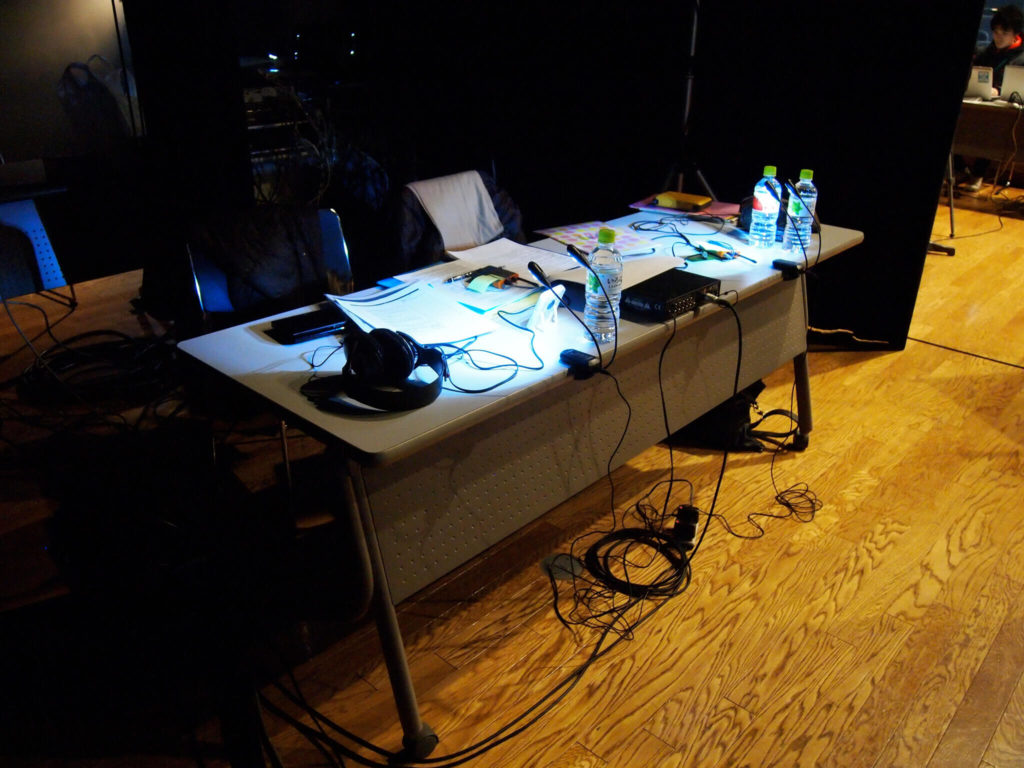
Simultaneous Interpretation Equipment. Credit: SMAL
While it is somewhat disputed depending on how exactly you define simultaneous interpretation equipment, the first use of simultaneous interpretation equipment as it is used today is largely thought to be at the Nuremberg trials in 1945 after World War II.
Prior to that date it has been reported that as early as the 1920s an American businessman named Edward Filene, who was a supporter of the League of Nations, proposed to the League the idea of using audio equipment to allow interpreters to provide translated audio to listeners using headsets. His idea, however, was not exactly simultaneous interpretation. His idea was to have the speech translated beforehand and then have the interpreter read the translation as the original speaker is giving his or her speech on stage. The interpreter would be listening to the speech only to make sure that they were delivering the translation at the same pace as the speaker. Prior to this the League had used consecutive interpretation, which Mr. Filene, (like many others still today), found to be a slow and inefficient method for providing interpretation of a speech.
Mr. Filene later teamed up with a British engineer named A. Gordon-Finlay to further develop the idea and then the two of them teamed up with IBM to produce the equipment. Throughout the 20’s and 30’s there are various accounts of the use of the IBM system as well as other informal systems but much of that information is unconfirmed and it is not clear as to whether or not any of them used the equipment in the way that we do today.
Modern interpretation equipment has two main functions. First, to distribute the speaker’s audio to the interpreters and, second, to distribute the interpreter’s interpretation to the listeners that need it (and not to those who do not need it). The first function is provided by an audio feed to the interpreter’s headphones. This allows the interpreter to hear the speech clearly and to separate the sound of the speaker from the sound of their own voice so that it doesn’t interfere with their ability to hear, thereby making it much easier for them to accurately interpret while simultaneously listening to the speech being given. The second function, provided by headphones feeding the interpretation to the listeners, allows the interpretation to be provided to those who need it without having to provide it out loud to the entire room.
While there are accounts of the use of interpretation equipment before the Nuremberg trials, it seems that most of those uses lacked one or another aspect of modern interpretation equipment. Either there was no audio feed for the interpreter or the interpreter wasn’t actually interpreting but reading a translation.
At the Nuremberg trials, however, we have a confirmed example of extempore (impromptu, not pre-translated) simultaneous interpretation provided to a large group using specialized equipment that provided an audio feed to the interpreters and distributed the interpretation to listeners via headphones.
References:
http://aiic.net/page/6625/early-history-of-simultaneous-interpretation-equipment/lang/1#_edn1